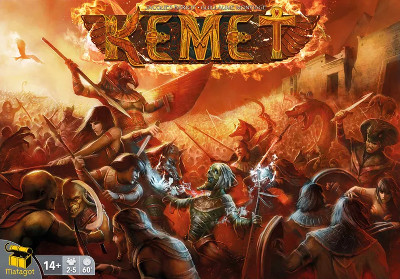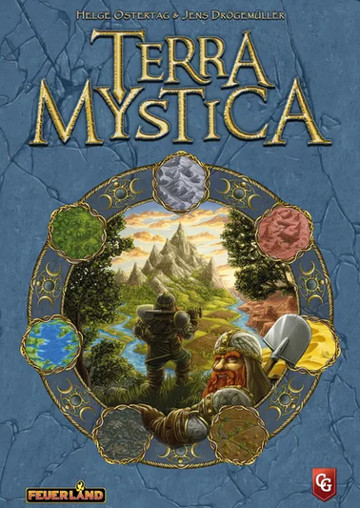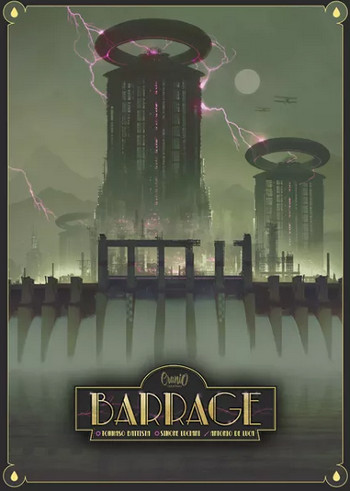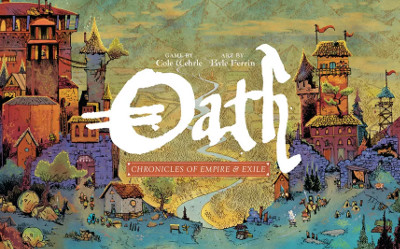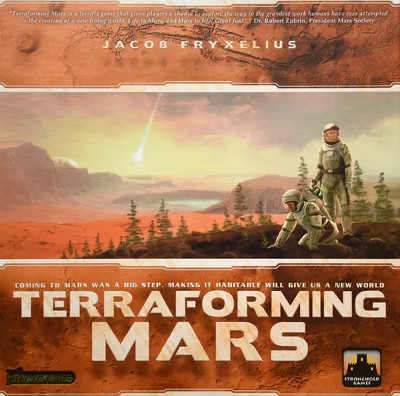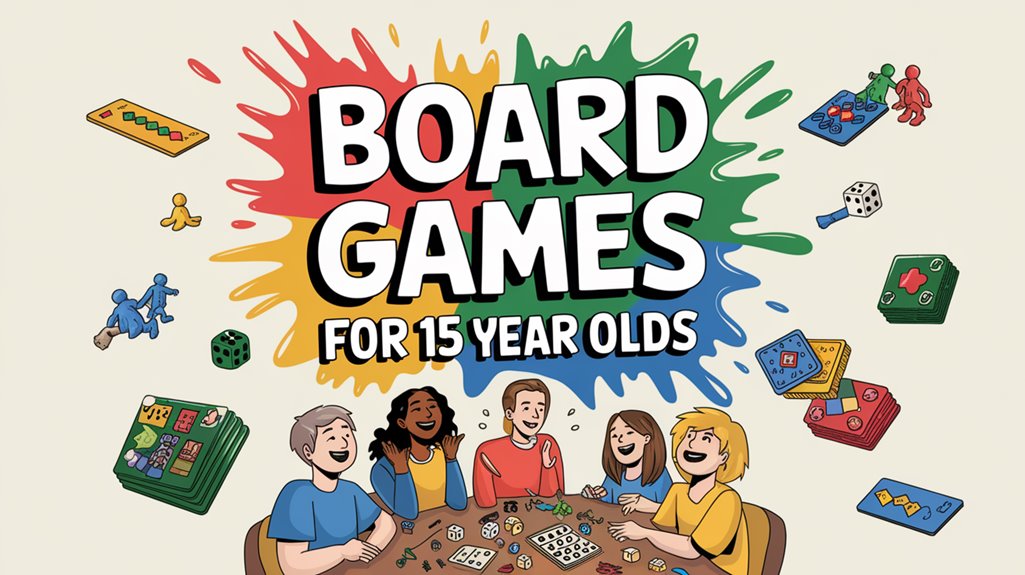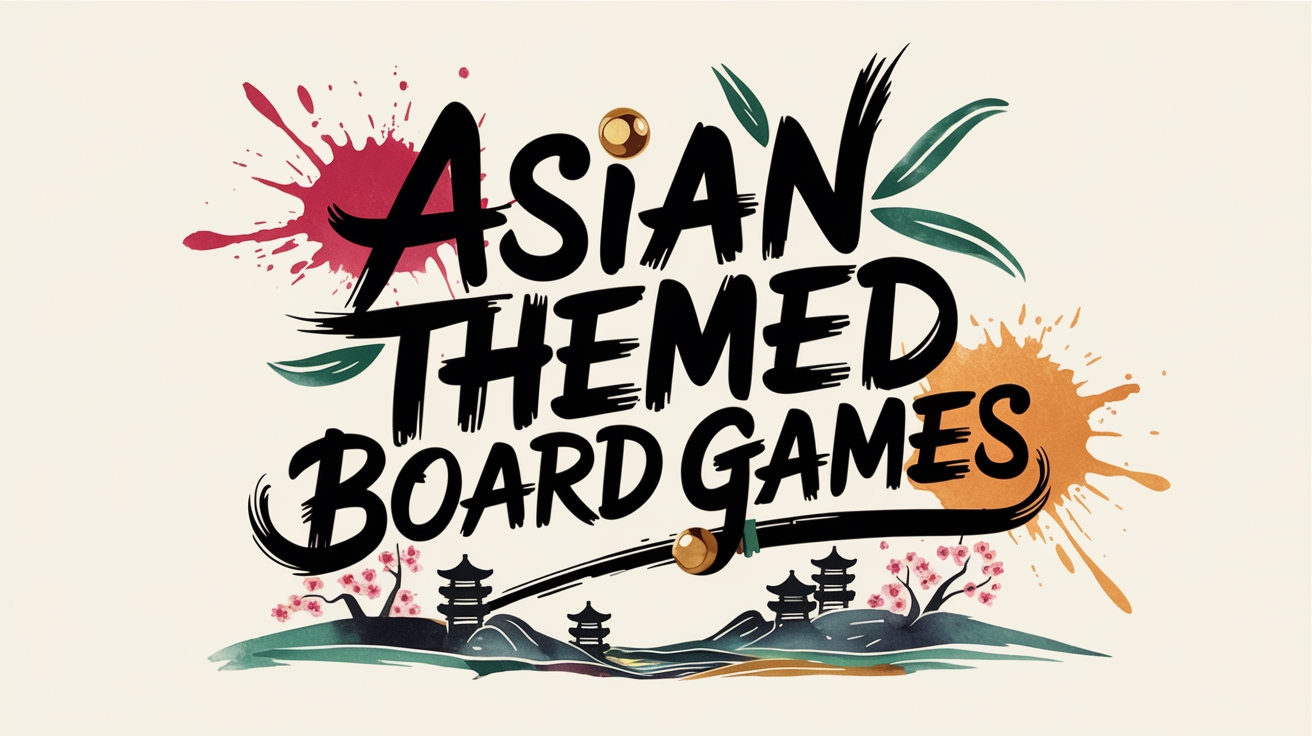For enthusiasts of strategic board gaming, Scythe has set a remarkable standard with its blend of resource management, area control, and asymmetric gameplay. While its distinctive mix of mechanics and theme has enchanted players worldwide, several other notable titles offer similarly rich experiences through different lenses. From the civilization-building depth of Terra Mystica to the dynamic faction warfare of Root, these games share Scythe’s commitment to strategic complexity while carving their own unique paths. The following collection of games presents alternatives that maintain the sophisticated decision-making and tactical depth that made Scythe a modern classic.
Key Takeaways
- Root provides similar asymmetric faction gameplay with unique victory conditions, but in a shorter 60-90 minute format.
- Terra Mystica shares Scythe’s focus on territory control and faction-specific abilities without relying on luck elements.
- Tapestry offers comparable civilization-building mechanics with advancement tracks and asymmetric abilities over a similar playtime.
- Kemet delivers strategic area control and resource management with multiple victory paths like Scythe.
- Brazil Imperial features similar engine-building mechanics and era progression, with players competing for territorial dominance.
Kemet
Kemet’s ancient Egyptian theme offers a unique alternative to fans of Scythe who enjoy strategic area control and resource management. The game pits 2-5 players against each other as they lead Egyptian tribes in a battle for supremacy, utilizing mystical powers and commanding armies to achieve victory points through various means.
Gameplay unfolds across Day and Night phases, with players selecting from nine possible actions during daylight hours. After five actions per player, night falls, bringing opportunities to gather Prayer Points from temples and draw Divine Intervention cards. Players can spend Prayer Points to acquire power tiles, which grant access to supernatural creatures that augment their armies with special abilities.
Combat resolution involves strategic card play from a six-card hand, supplemented by various bonuses. The game features detailed miniatures representing both military units and mythical beings. While the suggested playtime is 90-120 minutes, actual sessions often run longer. Victory can be achieved through multiple paths, including winning battles, controlling temples, developing pyramids, and making sacrifices to the gods, with games typically ending at 8 or 10 victory points.
Terra Mystica
While Scythe emphasizes military conquest and resource management, Terra Mystica offers a distinctly different strategic experience through its unique terraforming mechanics and fantasy races. The game features 14 different peoples spread across seven distinct terrains, with each faction bound to their specific environment type. Players must strategically transform adjacent territories to expand their influence while competing with others for valuable resources and religious cult advancement.
- Each faction possesses unique abilities and must develop their terraforming skills to convert neighboring terrains into their preferred terrain type
- Building development follows a clear progression system, from basic dwellings to trading houses, strongholds, and temples, each providing different strategic advantages
- The power system creates interesting player interactions, as proximity to opponents generates more power but limits expansion opportunities
This pure strategy game eliminates luck elements, rewarding careful planning and tactical decision-making. Players must balance various aspects of development, including resource management, territorial expansion, and religious advancement. The game’s depth comes from its intricate mechanics and the need to adapt strategies based on both faction abilities and opponent positions, creating a rich, complex gaming experience that rewards skillful play.
Root
Root’s woodland warfare presents another compelling alternative to Scythe, featuring asymmetric gameplay where each faction operates under distinct rules and victory conditions. In this game of forest dominion, players take control of unique factions, including the industrious Marquise de Cat, the insurgent Woodland Alliance, and the proud Eyrie Dynasty, each vying for control through their own specialized mechanics and strategies.
Like Scythe, Root excels in delivering a deeply asymmetric experience, but does so in a whimsical woodland setting rather than an alternate-history 1920s universe. The game accommodates 2-4 players in its base form, with the Riverfolk expansion allowing for up to 6 participants. Players must navigate complex interactions between factions, manage resources, and pursue their individual victory conditions while preventing others from achieving theirs.
The game’s accessibility comes through its innovative card system, which helps players manage their unique abilities and actions. In spite of its cute animal theme, Root offers serious strategic depth, combining warfare, resource management, and territorial control in a compact 60-90 minute playtime that rewards tactical thinking and adaptability.
Barrage
Another strategic masterpiece comparable to Scythe, Barrage immerses players in a dystopian 1930s setting where hydroelectric power drives industrial competition. Players lead international companies competing to construct dams, manage water resources, and generate power in a contested Alpine region. The game spans five rounds, during which participants must balance their resources, fulfill power requirements, and complete personal contracts.
- The innovative Construction Wheel mechanism forces players to strategically plan their actions and resource management, as components become available only after a full rotation
- Water flow across the board creates a shared resource system where upstream dams can influence downstream operations, adding depth to player interaction
- Players must position their engineers carefully to improve machinery, unlock more efficient construction actions, and develop unique buildings that support their strategy
The game’s complexity emerges from its interwoven systems of resource management, strategic positioning, and competition for water control. Like Scythe, Barrage rewards careful planning and adaptive strategy while maintaining unique player experiences through its distinctive mechanics and competitive elements. This 1-4 player experience typically runs 60-120 minutes, offering deep strategic gameplay for ages 14 and up.
Tapestry
Tapestry stands out as a civilization-building game that draws players from prehistoric times into a speculative future. In this strategic experience designed by Jamey Stegmaier, players develop unique civilizations through four distinct advancement tracks: science, technology, discovery, and military. Each path offers increasingly valuable benefits, allowing players to shape their civilization’s destiny through focused or balanced approaches.
The game accommodates 1-5 players and typically runs for about two hours, making it comparable to Scythe regarding player count and duration. Players begin with nothing and must build their civilization from the ground up, managing resources, constructing their capital city, and collecting tapestry cards that chronicle their civilization’s journey. The game’s asymmetric abilities add depth and replayability, as each civilization develops differently based on player choices.
While some debate its authenticity as a traditional civilization game, Tapestry succeeds in creating an engaging experience through its innovative mechanics. The game requires significant table space and setup time but rewards players with a rich, strategic experience that encourages multiple playthroughs to investigate different advancement combinations and storytelling possibilities.
OATH
The ambitious board game Oath captures the epic scope of civilization building while taking a markedly different approach from Tapestry. This unique game accommodates one to six players in sessions lasting between 45 and 150 minutes, focusing on the evolution of power in an ancient kingdom. Players shape history through their choices, creating rippling consequences that affect future gameplay sessions.
- Each game’s outcome influences subsequent plays, altering available resources and victory conditions based on previous rulers’ decisions
- Players can choose various roles, from loyal defenders of the existing order to revolutionary forces seeking radical change
- The game maintains flexibility with its reset capability and doesn’t require consistent player groups, making it accessible for both solo campaigns and group sessions
Unlike Scythe’s fixed starting positions and faction-specific advantages, Oath emphasizes dynamic storytelling through emergent gameplay. The absence of predetermined narratives or scripted endings allows players to craft their unique historical timeline. This design philosophy creates a living world where decisions carry weight, and the game’s state evolves organically through player actions, offering a fresh perspective on civilization-building board games.
Terraforming Mars
While Scythe focuses on alternate history, Terraforming Mars transports players into humanity’s ambitious future of colonizing the red planet. In this strategic engine-building game, players take on the roles of powerful corporations working to make Mars habitable for human life by manipulating temperature, oxygen levels, and ocean coverage.
Players navigate a complex economy of six different resources while managing unique project cards from a vast deck of over 200 options. Each generation (round) involves careful decision-making between purchasing new cards and implementing existing ones, while likewise competing for valuable board positions and achievement-based rewards. The game’s depth comes from its interconnected systems, where players must balance immediate gains against long-term production capabilities.
The game accommodates 1-5 players over approximately 120 minutes, featuring both competitive and collaborative elements as corporations work toward the shared goal of terraforming while pursuing individual victory points. Success requires strategic resource management, tactical card play, and careful timing of project implementation. The game concludes when Mars reaches habitability thresholds, with the winner determined by combining terraform rating and victory points from various sources.
Brazil Imperial
Moving from the red sands of Mars to colonial Brazil, Brazil Imperial introduces players to a rich historical engine-building experience where monarchs compete for dominance in 16th to 19th century South America. The game combines worker placement and area majority mechanics, letting players manage resources, construct buildings, and engage in territorial conflicts across a modular map that recreates actual Brazilian regions.
- Each monarch possesses unique strengths, whether in military might, scientific advancement, or exploration capabilities, affecting strategic choices throughout gameplay
- Players progress through three distinct eras by completing specific tasks, unlocking more powerful construction options and victory opportunities
- Seven core actions drive the gameplay loop: Deploy, Frame, Build, Renovate, Manufacture, Harbor, and Trade, offering multiple paths to victory
Brazil Imperial represents a fusion between traditional European resource management games and 4X strategy elements (explore, expand, exploit, exterminate). Players must balance economic development with military presence while managing basic resources like wood, sugar cane, cotton, and coffee. The game concludes when a player achieves their third-era objectives, leading to final scoring and determining who will claim the title of Brazilian Emperor.
